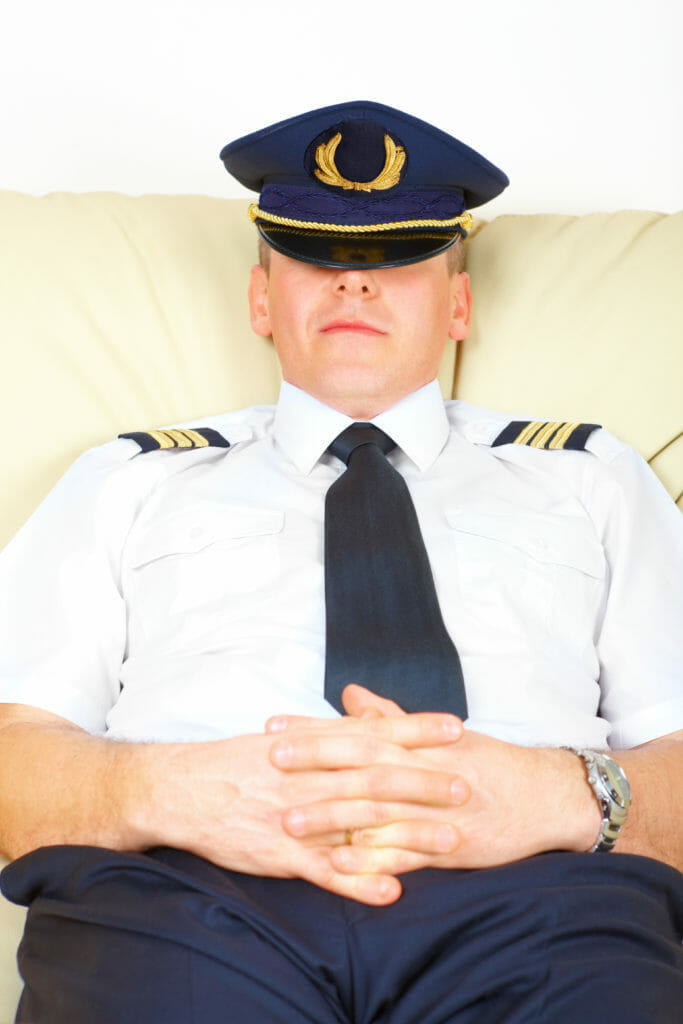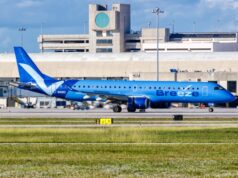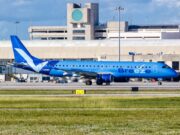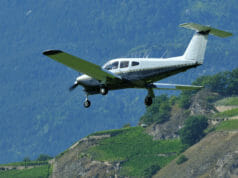
When FAR Part 117 went into effect, it had a profound effect on rest requirements, rest structure and accountability for ensuring that no fatigued crew was operating a commercial flight.
While many perceived the new rest requirements to be onerous, operationally inefficient, and charged with politics, the reality is that there is actually quite a bit of sleep science behind the rulemaking. The overall intent of the rulemaking (to increase the amount of rest given to crew members and limit the types of operations that made fatigue prevalent) remained intact. Additionally, requirements were put on both the air carrier and the crew member to ensure that the intent and requirements of FAR 117 were upheld.
This concept is referred to as “joint responsibility” and basically, it means that the FAA requires both the airlines and the crew members to verify legality and fitness for duty. It also requires certain types of additional training for aircrew to make sure they are more aware of fatigue, what causes it, and how to mitigate it.
The first part of the joint responsibility is ensuring fitness for duty. The airline is required to ensure adequate rest opportunity in the form of ten hours of rest with at least eight hours of “uninterrupted sleep opportunity.” Essentially, this means that the days of burning a crew member’s sleep time with transport to and from the airport are gone. The ten hours protects the crew member between duty-off and duty-on for the following assignment, while the eight-hour sleep opportunity is effectively “behind the door.” This means that if ten hours can’t accommodate the eight-hour sleep opportunity (due to a long transport to or from the hotel), then the ten-hour rest period must be increased in order to ensure that the eight hours is given. In the case where a sleep opportunity may or will be violated, it is the responsibility of the crew to ensure that their full eight-hour sleep opportunity is restored before accepting any other assignments. It is also the crew’s responsibility to utilize the provided rest period to get sufficient rest for the next duty period.
The second part of the regulation is that the company must provide adequate rest facilities for the crew, defined and detailed in Advisory Circulars.
Third, unlike prior to 117, the “legal-to-start, legal-to-finish” perspective is gone. It has been replaced with maximum duty times and a leg-by-leg review of duty times, which essentially means that just because a crew was legal to fly the whole schedule when they showed up to work, doesn’t necessarily mean they are legal to finish it. This mitigates the reality of crew members having their schedule pushed due to uncontrollable delays with no recognition that fatigue state can change throughout a duty period. Instead, the airline and crew have a set of “clocks” to work within including: Flight Duty Period, Flight Time and Reserve Availability Period (RAP), if applicable. When any one of these duty allowances is exceeded, the crew is done. They are allowed to extend up to two hours in certain conditions, but if they either can’t cover it with an extension, have already taken an extension over 30 minutes since having 30 hours of rest, or don’t agree to the extension for tiredness or fatigue reasons, then they are “timed out.” The FAA clearly makes it the responsibility of both the crew and the airline to be aware of and verify those flight times to make sure no duty periods are exceeded. If a duty period may be exceeded, then the crew is supposed to not sign the FAR117 Fit for Duty statement that is included in every dispatch release. Likewise, the Fit for Duty statement should not be signed if the crew member is too tired to safely complete the leg.
The last part of FAR 117 that is shared by the company and crew is fatigue education and awareness training for all flight crews. This training must include fatigue awareness (What is fatigue?), understanding how fatigue affects flight crews and how to recognize it, ways to mitigate fatigue, and the crew’s responsibility in reporting fatigue as well as awareness of the carrier’s Fatigue Risk Mitigation Plan. We will talk more about these requirements and the science behind them in a subsequent article, but it is expected that all parties will be aware of fatigue and how to deal with it.
With the new joint responsibility requirement of FAR117, knowledge and awareness of fatigue on the part of all parties is greatly enhanced, and while it does require additional consideration on the part of the companies, it also makes flight crew members much more directly engaged in their own rest needs and their role in preventing and reducing fatigue.
























































































































[…] they showed up to work, does not necessarily mean they are legal to finish their whole schedule. An article from Aero Crew News summed it up very […]
[…] showed up to work, does not necessarily mean they are legal to finish their whole schedule. An article from Aero Crew News summed it up very […]